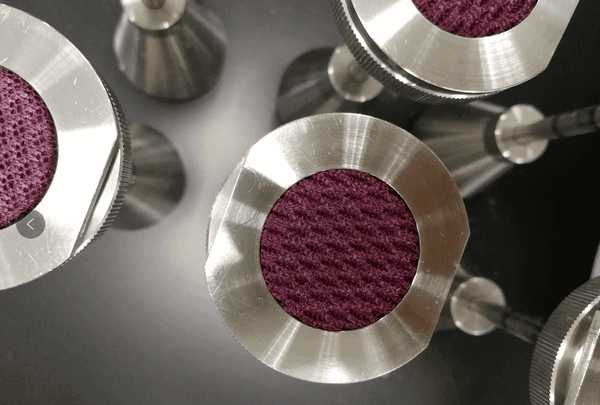- Qinsun Instruments Co., Ltd.
- Tell:+86-21-6780 0179
- Phone:+86-17740808215
- Address:No. 2578 Minhang District Gu Dai Road, Shanghai
- Contact:Mr. Li
- QQ:846490659
Principle of spectrophotometer

A spectrophotometer is an instrument that uses spectrophotometry to quantitatively and qualitatively analyze substances.
The simple principle of a spectrophotometer
The spectrophotometer uses a light source that can generate multiple wavelengths. Through a series of spectroscopic devices, a specific wavelength light source is generated. After the light source passes through the tested sample, some of the light sources are absorbed, and the absorbance value of the sample is calculated, which is then converted into the concentration of the sample. The absorbance value of the sample is directly proportional to the concentration of the sample.
Quantitative analysis of nucleic acids
The quantification of nucleic acids is the most frequently used function of a spectrophotometer. Quantitatively soluble oligonucleotides, single stranded and double stranded DNA, as well as RNA in buffer solution. The absorption wavelength of the highest absorption peak of nucleic acid is 260nm. The molecular composition of each nucleic acid is different, so its conversion coefficient is different. To quantify different types of nucleic acids, corresponding coefficients must be selected in advance. For example, the absorbance values of 1OD are equivalent to 50 respectively μ DsDNA in g/ml, 37 μ G/ml of ssDNA, 40 μ RNA of g/ml, 30 μ G/ml of Olig. The absorbance value after testing is converted by the above coefficients to obtain the corresponding sample concentration. Before testing, select the correct program, input the volume of the original solution and diluent, and then test the blank solution and sample solution. However, the experiment was not smooth sailing. Unstable readings may be the biggest headache for experimenters. The higher the sensitivity of the instrument, the greater the drift in absorbance values it exhibits.
In fact, the design principle and working principle of a spectrophotometer allow the absorbance value to vary within a certain range, that is, the instrument has a certain degree of accuracy and precision. The accuracy of EppendorfBiophotometer is ≤ 1.0% (1A). It is normal for the results of multiple tests to fluctuate between the mean of around 1.0%. In addition, it is necessary to consider the physical and chemical properties of the nucleic acid itself, as well as the pH value and ion concentration of the buffer used to dissolve the nucleic acid. During testing, if the ion concentration is too high, it can also cause reading drift. Therefore, it is recommended to use a buffer with a constant pH value and low ion concentration, such as TE, which can greatly stabilize the reading. The dilution concentration of the sample is also a factor that cannot be ignored: due to the inevitable presence of some small particles in the sample, especially nucleic acid samples. The presence of these small particles interferes with the testing effect. In order to minimize the impact of particles on the test results, it is required that the nucleic acid absorbance value be at least 0.1A, and the absorbance value should preferably be between 0.1-1.5A. Within this range, the interference of particles is relatively small and the results are stable. This means that the concentration of the sample cannot be too low or too high (beyond the testing range of the photometer). Finally, there are operational factors, such as sufficient mixing, otherwise the absorbance value may be too low or even negative; The mixed liquid should not have bubbles, and the blank liquid should have no suspended solids, otherwise the reading will drift violently; The same colorimetric cup must be used to test the blank solution and sample, otherwise the concentration difference is too large; The conversion coefficient and sample concentration unit selection are consistent; Color comparison cups with worn windows cannot be used; The volume of the sample must meet multiple operational requirements, such as the minimum volume required by the colorimetric cup.





